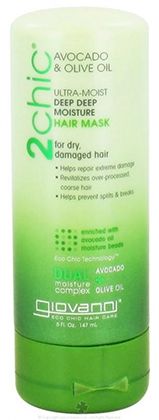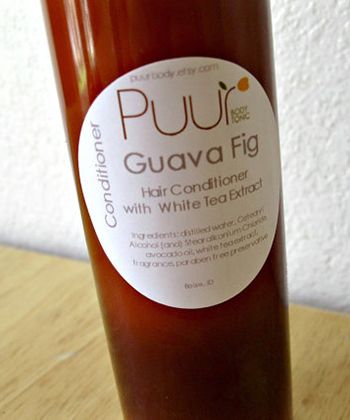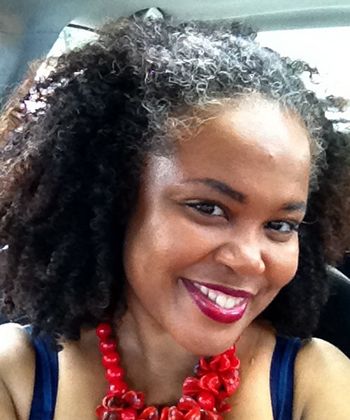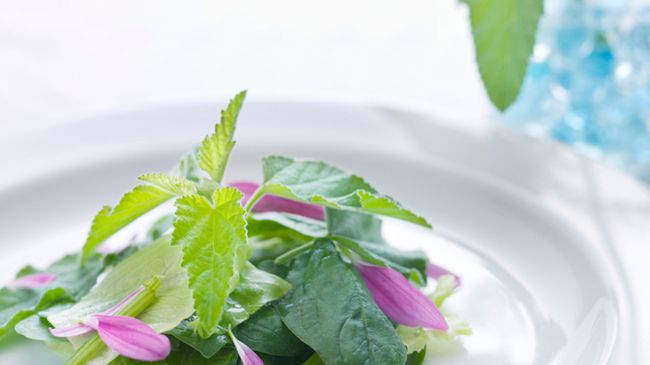Twists or twist outs are quite common with naturals. Twists, twist outs, flat twist, and flat-twist outs are usually created on wet or dry hair. You take two equal sections of your hair, wrap one section around the other until you reach the ends, and twirl the end around their finger to ensure closure and less frizz. The twist out is merely untwisting the hair and fluffing to a desired look.
Whether your hair creates a defined curl or not, wearing your hair in twists or twist outs allow many to have stretched second, third, or even all-week hair without washing. They are cute, sexy, and even great prep style for other styles, and with the right twisting cream can make your hair shine and look amazing.
There are no perfect products, but there are some holy grails that many use for twists our twist-outs that give stellar definition in your twists and will allow the style to make it to that second or third day. Everyone has their perfect way to create twists or twist-outs, but all will say the right product is necessary so check out the top 10 we have found that most naturals swear by for amazing results.

1. As I Am Twist Defining Cream
Water, coconut, amla, tangerine and beet root make up the uber popular holy grail product for creating highly defined and shiny twists and twist outs. Gain ultimate hydration from the organic blend that work to block buildup and stimulate healthy hair growth.
2. Design Essentials Natural Twist and Set Setting Lotion
Water, polyquaternium 11 (creates hold), cetyl triethylmonium olivate dimethicone PEG-8 succinate (silicone derivative of olive oil), polysorbate 20 (emulsifier), and dimethicone copolyol (silicone) make up this quick drying setting lotion that creates beautiful twists and twist outs. Ready to use, adds shine, and will provide medium hold for long-lasting styles.
3. MyHoneyChild Twist Out Crème
Keep your twists and twist outs looking fierce with this hydrating butter concoction made from deionized water, cocoa seed butter, shea butter emulsifying wax, and grapeseed oil. Thick and soft, this hydrating cream will be just what your parched hair needs.
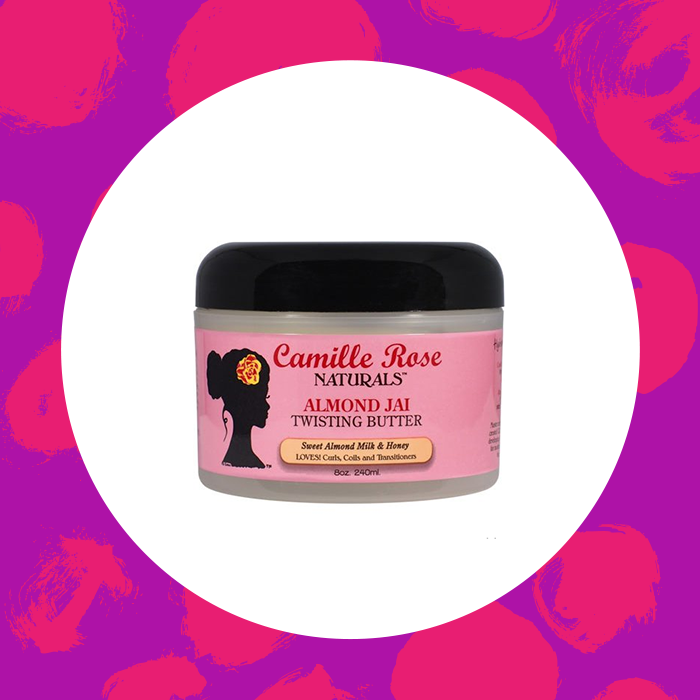
4. Camille Rose Naturals Almond Jai Twisting Butter
Deionized water, behentrimonium methosulfate (BTMS), cetearyl alcohol (adds slip), almond milk, almond oil, and pumpkin seed oil make up a highly effective twisting butter for thick hair. Hair is softer and smoother allowing for softer and smoother twists and twist outs.
5. Darcy’s Botanicals Avocado & Wild Plum Twisting Cream
Organic aloe barbadensis leaf juice, distilled water, avocado oil, organic palm oil, and emulsifying wax NF create a thick, concentrated twisting cream that will moisturize and soften your curls and coils. This adds great hold and fragrant with ylang ylang and lemon.

6. SheaMoisture Coconut & Hibiscus Curl Enhancing Smoothie
A NaturallyCurly Best of the Best award winner, this curl enhancing smoothie has deionized water, shea butter, coconut oil, macadamia ternifolia seed oil, and mango seed butter as their first five ingredients. This is wonderful for thick hair that tends to frizz, as it hydrates and protects your tresses from breakage while adding brilliant shine and hold to your twists and twist outs.
7. Darcy’s Botanicals Organic Coconut & Aloe Moisture Pudding
With organic aloe, virgin coconut oil, castor oil, jojoba oil, and emulsifying wax NF, this hair pudding will soften and control your twists, braids, and locs with ease. This pudding can also be used as a setting lotion for wet set styles.
8. Texture My Way Curl Pudding
Water, propylene glycol (humectant), PPG-1 trideceth-6 (emollient), shea butter, and copolymer create an ultra-defining curl pudding. Get elongated, moisture-rich twists and twist outs that last all day and transform dry hair into silky, healthy looking tresses.
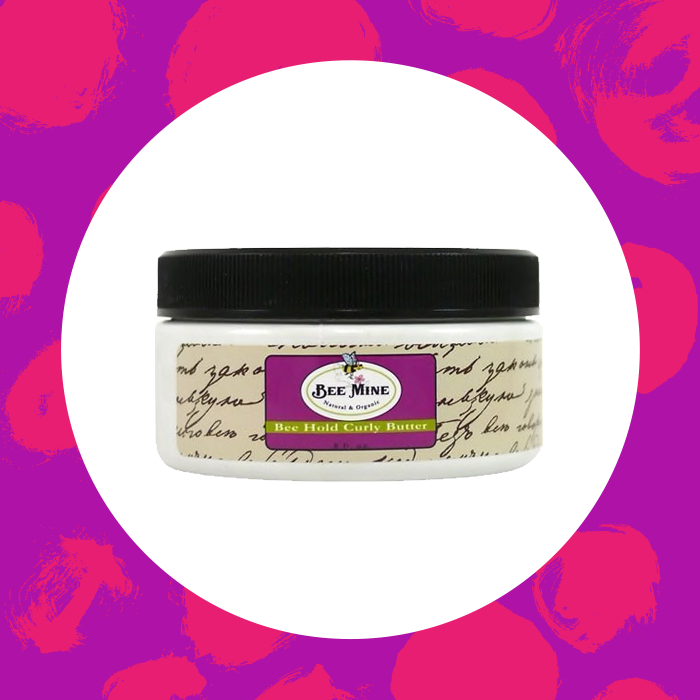
9. Bee Mine Bee Hold Curly Butter
Get a soft, touchable hold from the 100% organic shea butter, 100% organic aloe vera gel, essential oil blend, vegetable glycerin, and rosemary leaf. Defrizz your twists and twistouts and add superior shine and definition to your unruly tresses.
10. Blended Beauty Curl Styling Butter
This styling butter is enriched with aloe barbadensis, chamomile, shea butter, sunflower seed oil, behentrimonium methosulfate (detangler), fatty alcohol, and butylene glycol (humectant that adds slip) that are great for medium to highly textured tresses. Get luscious twists and twist outs with softer hold and zero flaking.
Read next:






